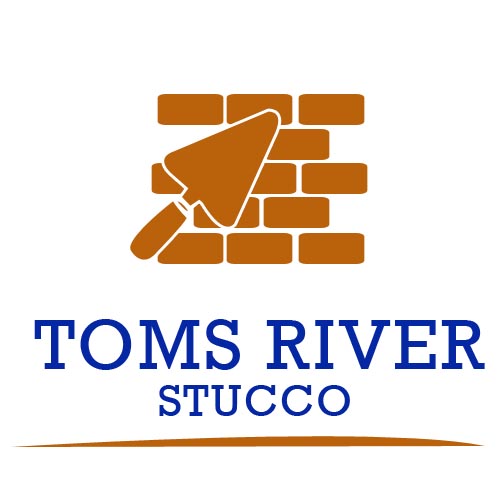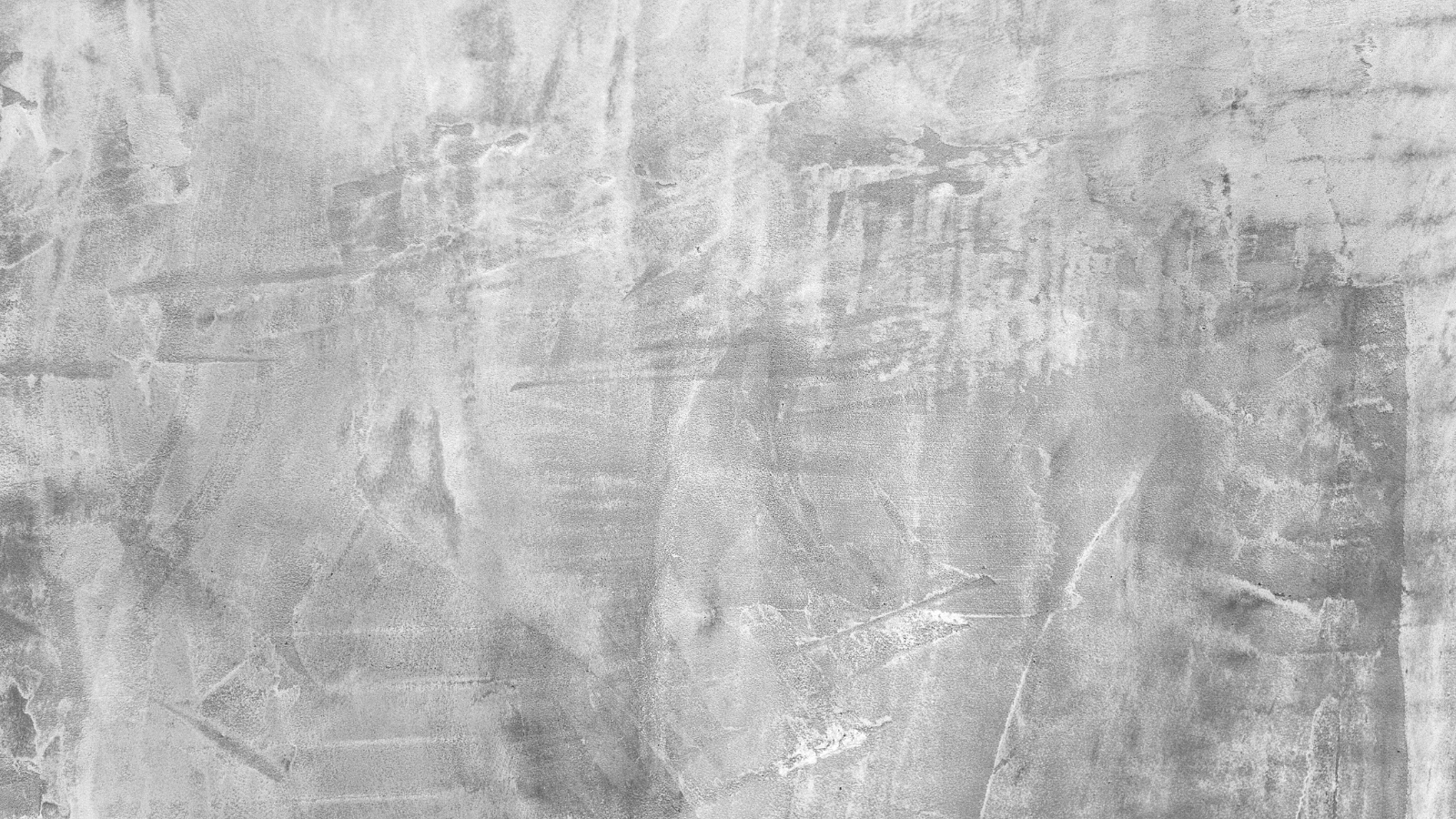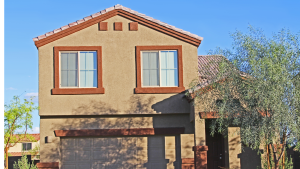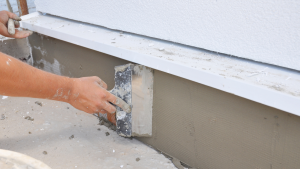For a very long time, stucco has been praised as a flexible and classic external treatment for homes. With advancements in materials and techniques, homeowners can explore various colors and textures to suit their unique tastes and architectural styles. In this blog post, we’ll dive into the top stucco textures, explore how to blend textures and colors for a cohesive look, outline the process for changing stucco texture, and discuss the various stucco types available today. Get ready to get motivated by the newest styles and ideas for giving your home’s exterior a fresh, new look.
Are you facing issues with your stucco? Taking prompt action is essential to prevent more serious damage. At Toms River Stucco, we provide top-quality stucco installation that ensures lasting beauty and durability. Reach out to us now and let us address your stucco needs with precision and care.
What Is the Best Texture for Stucco?
Choosing the best stucco texture depends on your aesthetic preferences and your home’s architectural style. Here are some popular stucco textures to consider
1. Smooth Finish: This sleek and modern Texture offers a clean, refined look. It’s ideal for contemporary homes and can be painted in any color for a polished appearance.
2. Sand Finish: Also known as float finish, this Texture features a sandy, grainy surface. It’s a classic choice that complements various architectural styles, providing a subtle and elegant finish.
3. Lace Finish: Featuring a lace-like pattern, this Texture gives the image depth and visual appeal. Surface. It’s an excellent choice for traditional and Mediterranean-style homes.
4. Dash Finish: Created by splattering stucco onto the wall, this rough, textured finish is perfect for rustic and Southwestern-style homes.
How to Combine Textures and Colors for a Space You’ll Love
Combining textures and colors can elevate your home’s exterior and create a visually harmonious look. Here are some tips to achieve the perfect combination:
1. Choose a Base Texture: Start with a primary texture that complements your home’s architectural style. For example, a smooth finish might suit a modern home, while a sand finish could enhance a classic look.
2. Add Accent Textures: Use different textures for accent areas such as columns, arches, or window trims. This adds depth and visual interest to your overall design.
3. Select Complementary Colors: Choose a color palette that enhances your home’s style and surroundings. Neutral colors like beige, grey, and white are timeless, while bold colors like terracotta and deep blue can make a striking statement.
4. Consider Light and Shadow: Different textures interact with light and shadow in various ways. Consider how the sun’s movement impacts your home throughout the day, and choose textures that highlight these natural changes.
How to Change the Texture of Stucco
Changing the Texture of stucco involves a few key steps and some expertise. Here’s a simplified process:
1. Preparation: Clean the stucco surface thoroughly and fix any damage or fractures to guarantee a smooth base for the new Texture.
2. Apply a Bonding Agent: Use a bonding agent to help the new stucco layer adhere to the existing surface.
3. Apply the New Stucco Layer: Spread a fresh layer of stucco over the existing surface. Use tools and techniques, such as trowels, brushes, or sprayers, to achieve the desired Texture.
4. Cure and Paint: Allow the stucco to cure correctly, which may take several days. Once cured, paint it in your chosen color to complete the transformation.
Types of Stucco: New Color and Texture Possibilities
Today’s stucco options offer various colors and textures to suit any style. Here are some types to consider:
1. Traditional Stucco: Made from cement, sand, and lime, this durable type has a natural, earthy appearance. It comes in various textures and can be painted in any color.
2. Synthetic Stucco (EIFS): This modern option features a multi-layered system with a foam insulation board and a synthetic finish. It’s highly customizable with various textures and colors.
3. Acrylic Stucco: Known for its flexibility and resistance to cracking, acrylic stucco is available in many colors and can be applied in different textures.
Conclusion
Exploring new color and texture possibilities for stucco opens up design opportunities for your home’s exterior. Whether you prefer a smooth, modern look or a textured, traditional finish, there are countless ways to customize stucco to reflect your style. By thoughtfully combining textures and colors, you can create a space you’ll love for years. Embrace the versatility of stucco and let your creativity shine as you transform your home into a true masterpiece.
Ready to embark on your stucco transformation journey? Speak with an expert to determine the best choices for your home and bring your vision to life with the latest stucco finishes.




